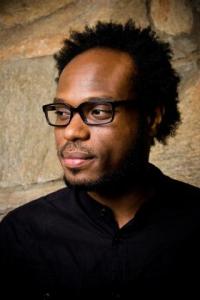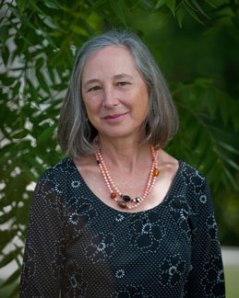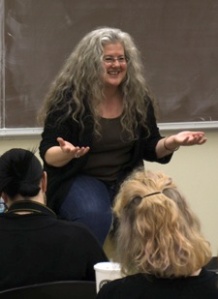“Patriotism,” a short story by Nan Cuba (fiction, ’89) appears online at storySouth.
Cheryl was so mad, she thought she’d explode. She sat in front of the fireplace reading the paper. The elections were only a month away, and she was scared. How did her country get in this mess? Even though Gerald was still in bed, she talked as though he were sitting beside her.
“Oh, God,” she said, crumpling the paper into her lap. She sipped coffee, leaned back, closed her eyes, pressed her lids. “What’s wrong with those assholes in Congress? The more they scream, the less they get done.” Somebody, she thought, should do something.
One article described a local rally. The accompanying picture, she noticed, showed people carrying signs with hideous messages and grotesque cartoon images. “Self-righteous radicals,” she grumbled. She hit the photo with the back of her hand. If only she could knock some sense into them. If only they’d listen.
She jerked past the front page, snapping the paper into place. She read more headlines: Mexico’s drug wars, kidnappings, journalists murdered. Iran could launch a nuclear attack. Palestine and Israel, infinite hatred. Oh no, a baby abandoned in an airplane bathroom. Suffering, stupidity, violence, but what could one person do? Candidates promised to fix everything before elections. Then did nothing. Or worse, they created bigger problems. Maybe she should write her own manifesto. …[Keep Reading]…
Nan is the author of the novel Body and Bread (2013, Engine Books).







